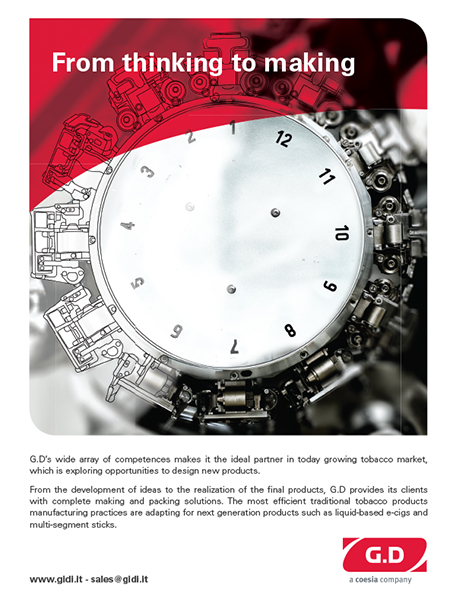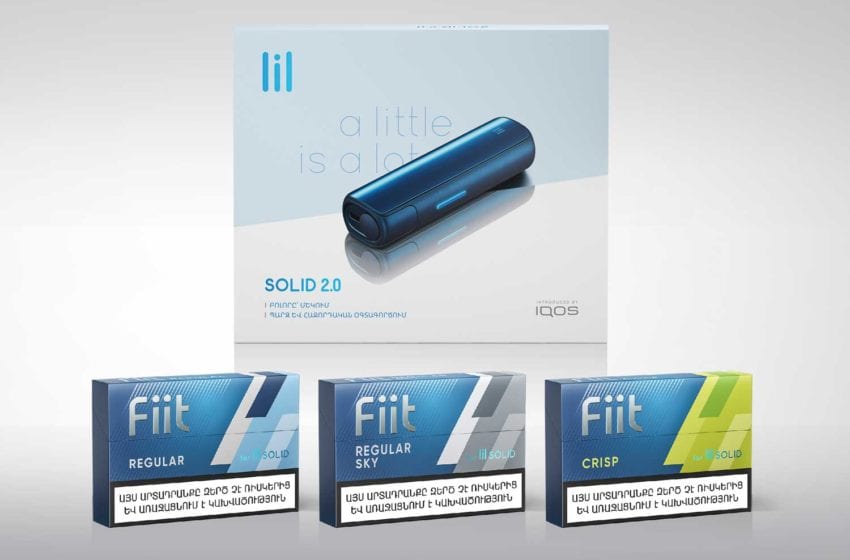The Japanese reduced-risk tobacco product market is unique in that nicotine vaping products are banned whereas HTPs have been embraced, according to Vorster. Consumers who take up HTPs also tend to switch completely from combustibles faster than they do with e-cigarettes, where prolonged dual use is not uncommon.
“The net result of this is the direct substitution effect that we have seen in Japan since 2017, when IQOS first started making headway in the market. For Japan Tobacco, it has been problematic because, as the largest cigarette producer, it has lost the most volume to HTP,” said Vorster.
Japan’s Pharmaceutical Affairs Law classifies nicotine-containing liquids as drugs and liquid-inhaling devices that contain nicotine as medical devices, according to Dinesh Babu Thotakura, general manager of JT’s Media & Investor Relations Division. “Therefore, vaping products sold in Japan are nicotine-free. Currently, we do not have plans to launch vaping products in Japan.”
Nicotine-containing e-cigarettes are regulated by the Japanese Ministry of Health Labor and Welfare, according to Vorster. “Private importation is allowed, provided it is for personal use only and amounts to less than one month’s supply,” he said. “HTP, on the other hand, is classified as a tobacco product and therefore regulated by the Ministry of Finance.”
While part of the success of HTPs is due to Japan’s ban on e-cigarette sales, the country’s comparatively accommodative regulatory framework has made an impact as well, according to Thotakura. Last year, when Japan restricted smoking in restaurants, it made an exception for HTPs, which can be consumed in bars and restaurants if certain conditions, such as having ventilation equipment in place, are met.
“The Japanese [combustible cigarette] market had been declining historically even before the introduction of HTPs; however, the introduction of HTPs has accelerated that decline,” said Thotakura. “Although we are aware that the number of cigarette smokers in Japan is on a downward trend due to a combination of factors, including tighter regulations, aging population and increased health awareness, our Ploom series of HTPs are gaining popularity among consumers who are especially conscious of their surrounding environment.”
When asked if there is room in Japan for another HTP product besides the Big Three, Vorster said it is hard to see the status quo changing meaningfully. “For either BAT or JT or a new entrant to make meaningful inroads, they would need to offer a product that provides consumers with a superior sensorial and nicotine-delivery experience compared to IQOS,” he said. “A product that can deliver an experience closer to a cigarette stands to gain meaningful category share and expand the category to those smokers who have not been prepared to switch to currently available products.”

























